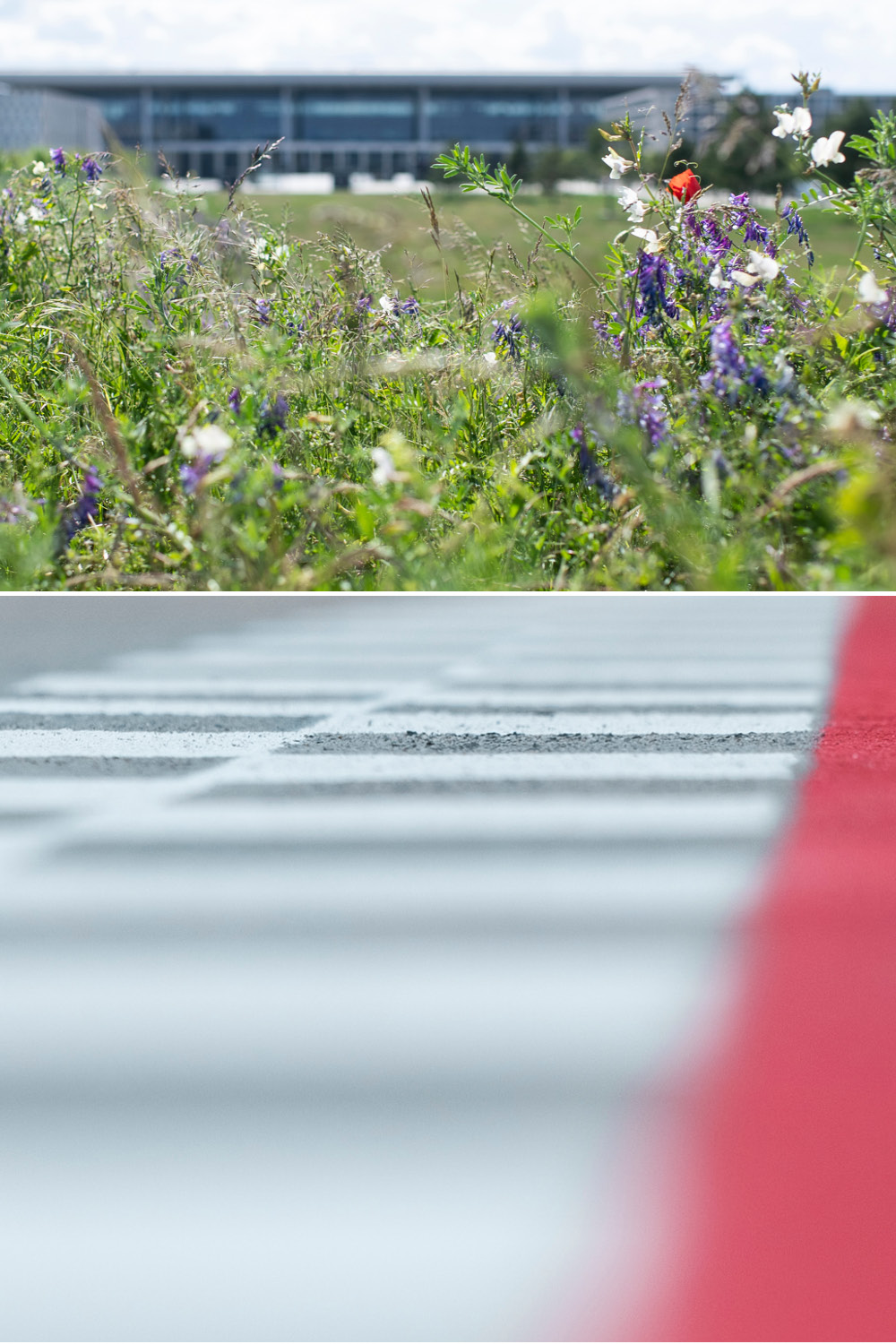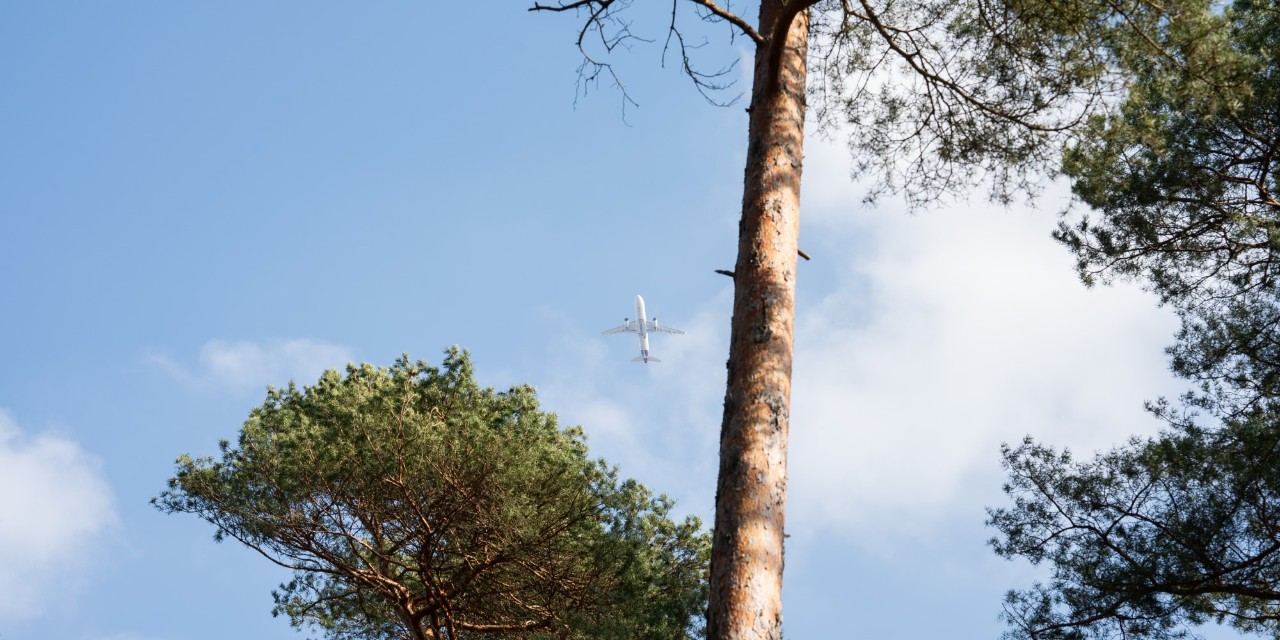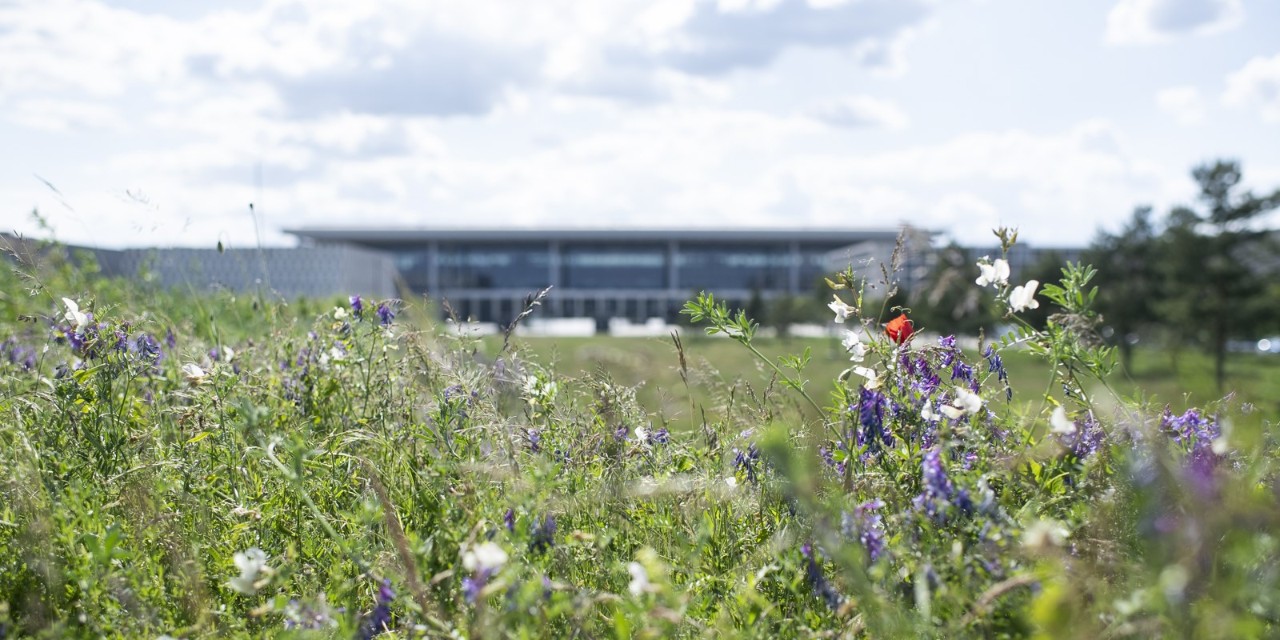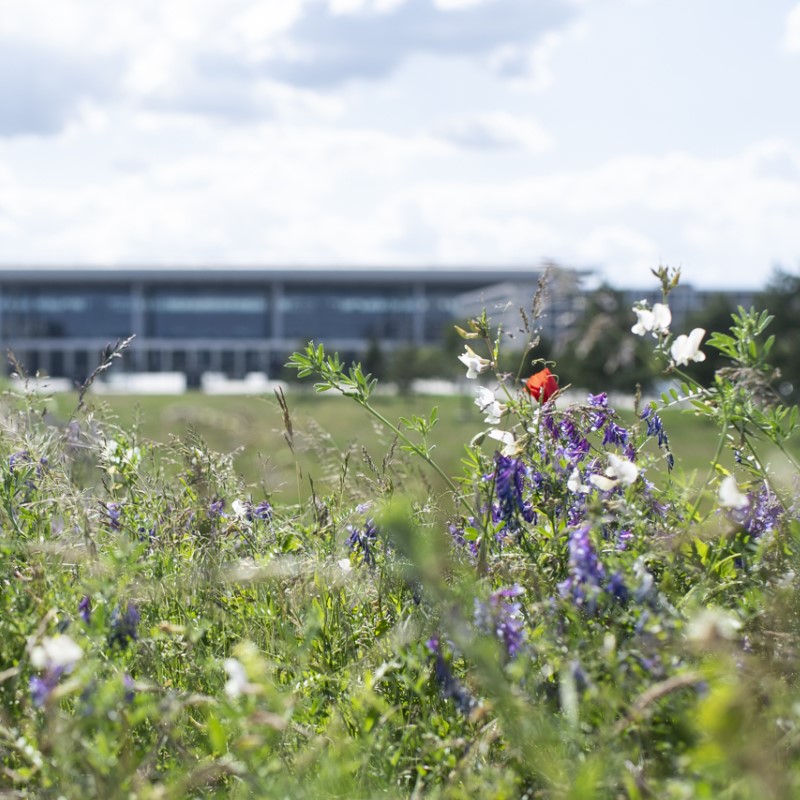Nachhaltigkeit im Fokus
Als wichtiger Verkehrsknotenpunkt trägt der BER eine besondere Verantwortung gegenüber dem Klima, der Umwelt und der Gesellschaft. Nachhaltigkeit ist daher ein zentraler Bestandteil unserer Unternehmensstrategie und leitet unser tägliches Handeln.
"Nachhaltigkeit ist für uns nicht nur ein Schlagwort, sondern eine tägliche Verpflichtung. Wir arbeiten kontinuierlich daran, den BER ökologisch verantwortungsbewusst, ökonomisch selbstständig und sozial zukunftsfähig zu gestalten."
Aletta von Massenbach, Vorsitzende der Geschäftsführung der Flughafen Berlin Brandenburg GmbH
Die Bedeutung der Nachhaltigkeit für die Flughafengesellschaft ist vielschichtig und umfasst drei zentrale Dimensionen:







